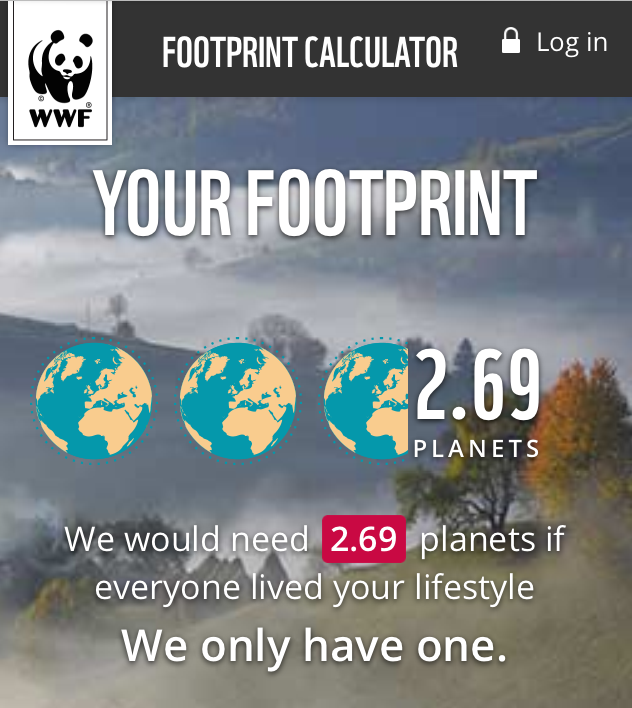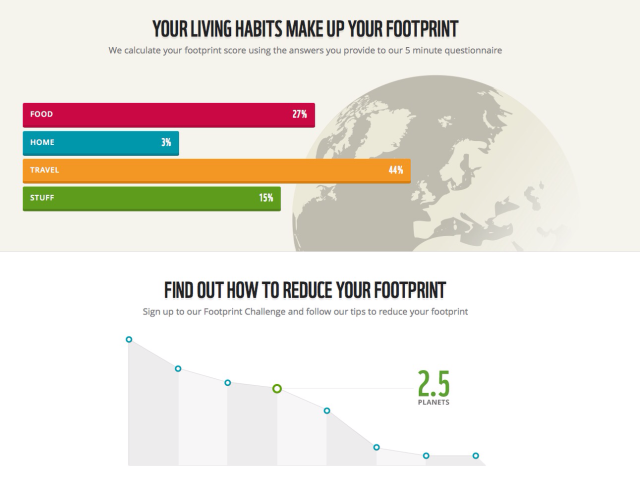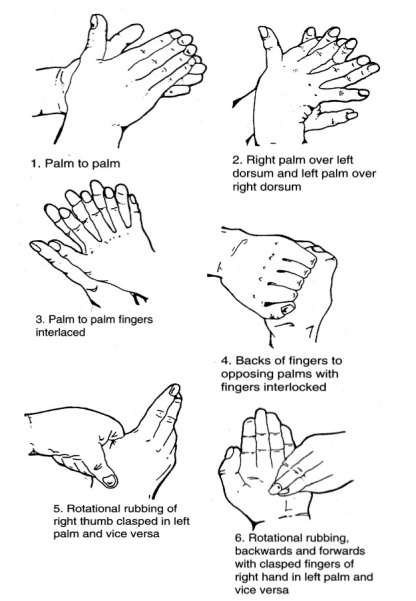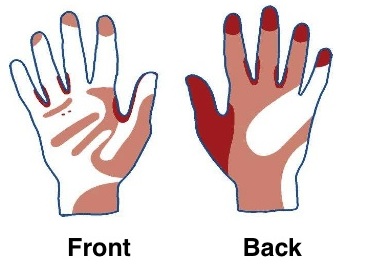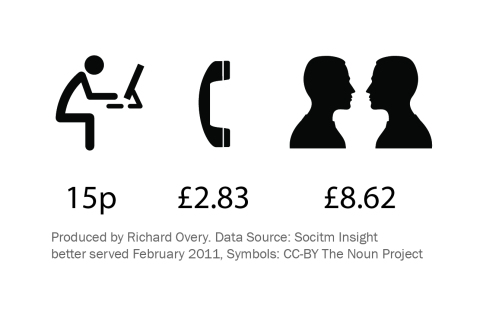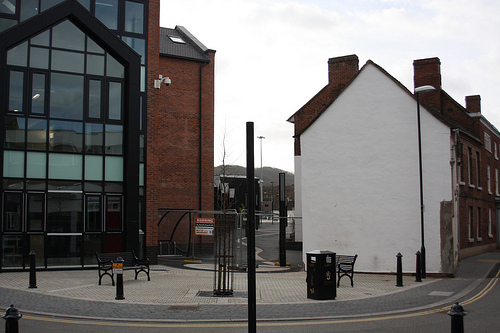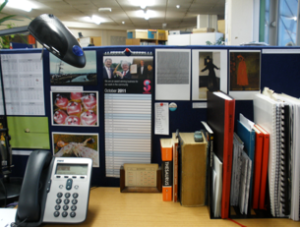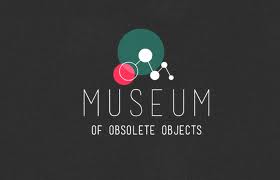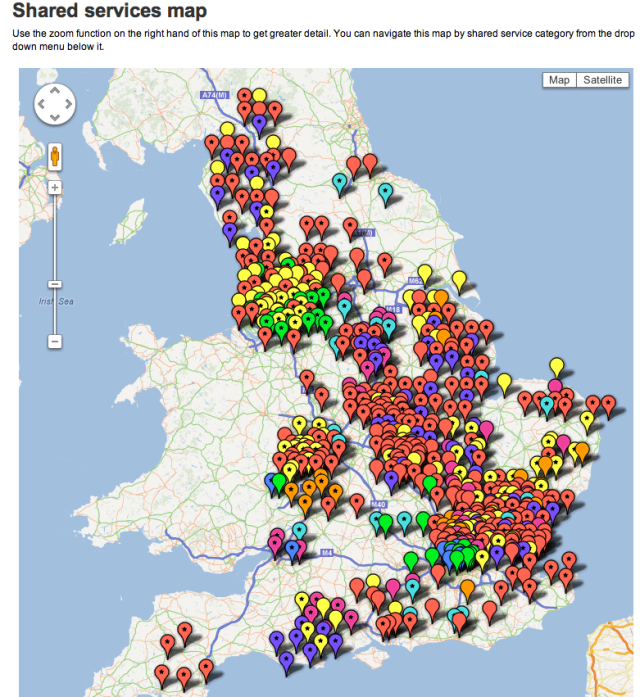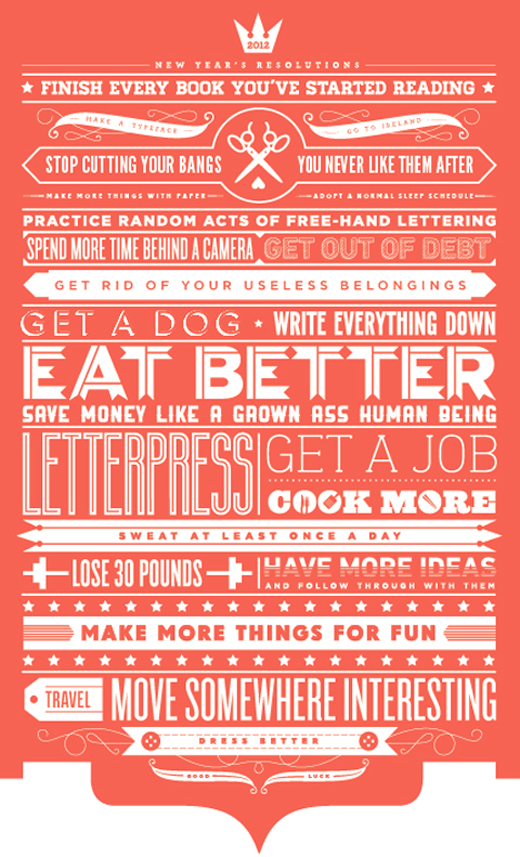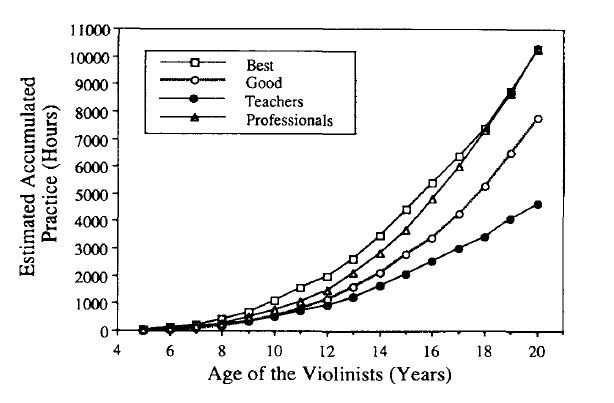Channel 4 showed the thought-provoking second series of Utopia last year; a dark conspiracy thriller which centres on a graphic novel and the group of people who discover it. Episode 6 of series 2 opens with Terence (an agent for the network) as he shares his thoughts with a woman travelling with her young Son to the south of France. The woman explains how she is travelling by coach rather than plane in order to do her bit for the environment. Terence asks why she had a child in the first place and explains how having a child is a selfish act.
“Nothing uses carbon like a first world human, yet you created one. Why, why would you do that? He will produce 515 tons of carbon in his lifetime, that’s forty trucks worth. Having him was the equivalent of nearly six and half thousand trips to Paris.”
Terence’s speech is all the more shocking because of his calm and psychopathic offer at the end of their encounter. Please be warned you may find his offer/threat disturbing.
I’ve never considered the impact having a child has on the planet and calculating a child’s (or an adult’s) environmental footprint is complex because of the number of variables. The closest I could find online was the World Wildlife Fund for Nature’s environmental footprint calculator. I was surprised to find that my environmental footprint (below) is much larger than I thought and I don’t have any children!

Further content related to this blog:
http://www.theguardian.com/science/blog/2009/aug/04/population-climate-change-birth-rates

